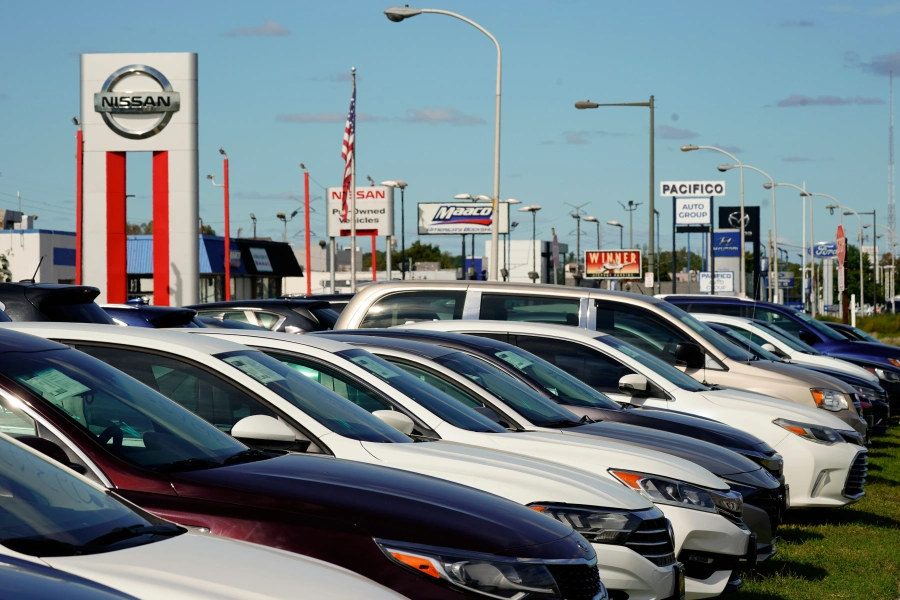For many Americans, the dream of buying a new car may be slipping out of reach as more and more people are being priced out of the market.
The lowest earners in the U.S. are less likely to buy a new car right now than any time in the last decade.
If you’re in the market for a new ride, especially in middle America, you better have some cash in the bank. A combination of inflation, global chip supply shortages and production costs are squeezing out everyday Americans. That’s making car-buying a much more exclusive club.
The average price of a new car in the United States hit $48,000 in March of this year, according to Kelley Blue Book. That’s about $12,000 higher than it was just five years ago. What’s straining shoppers’ budgets even more is rising mostly payments amid interest rate hikes from the Federal Reserve, making new cars harder to afford.
Research from Edmunds shows the average monthly payment for a new ride hit a record high of $730 in the first quarter of this year, about $80 higher than it was a year ago.
“It’s not just the pricing, it’s the rates that are skewing the pricing, because people are so payment driven, that they’re not looking at necessarily the intrinsic value. I think those payments are going to start to become, you know, much more affordable over the next you know, three, six or nine months, certainly within the next 12 months,” said Ari Rastegar, CEO of Rastegar Property Company.
Beside inflation, there are other factors driving up costs, including car companies electing to invest more in higher-end cars that come with a high-end price tag rather than on budget models.
“Investing in time resources, people to produce the low models, lower end models, or the base models, if you will, those are no longer available. Even though they recognize that fewer vehicles will be sold, as a result of that lower models, lower options, that type of thing. They’ll sell less vehicles, however, the revenue will increase,” said CEO of Incito Consulting Group Izzy Galicia.
As if buying a new car wasn’t costly enough, buyers also have to factor in gas, repair costs and insurance. Owning a car isn’t cheap, but it could be easier on your wallet depending on where you live.
According to a Forbes data analysis, Ohio, Iowa, Wisconsin, New Hampshire, Maine and Indiana are the cheapest states to own a car in. The most expensive? California, Nevada, Colorado and Florida.
When you buy your car could make a difference, too. According to U.S. News & World Report, May is ideal because it’s when the winter and spring auto show seasons have stopped and new vehicles previously on display are coming to dealer showroom floors.
That means dealers need to get rid of “old” inventory and offer steep discounts to interested buyers who may not mind last year’s model. The end of May is also key, since dealerships often offer Memorial Day deals ahead of summer.

